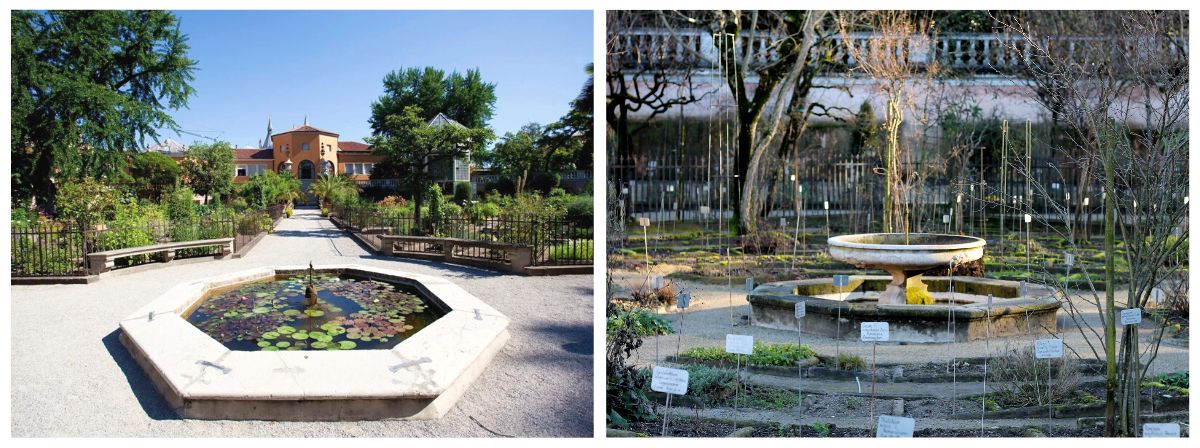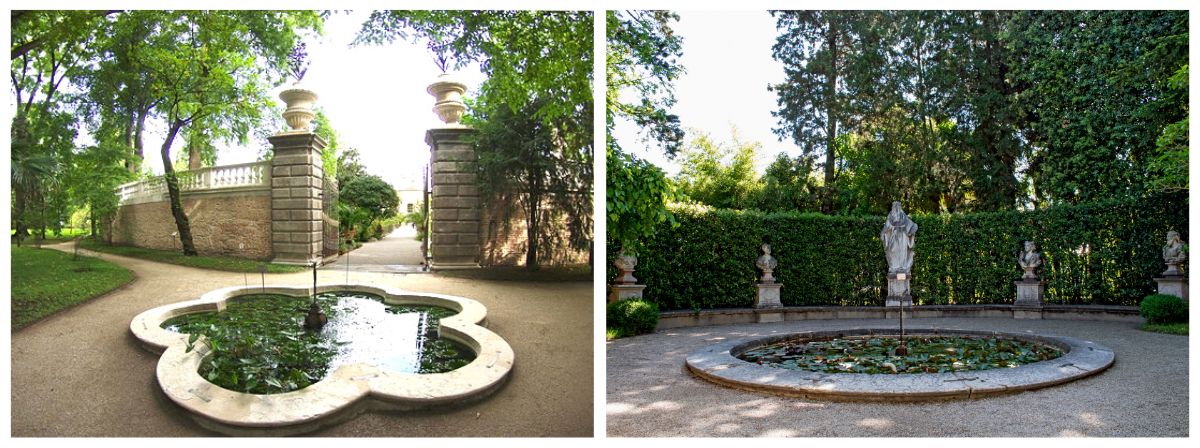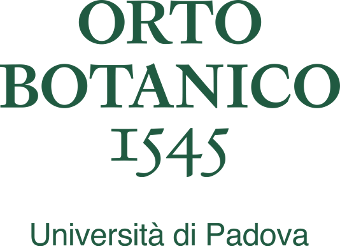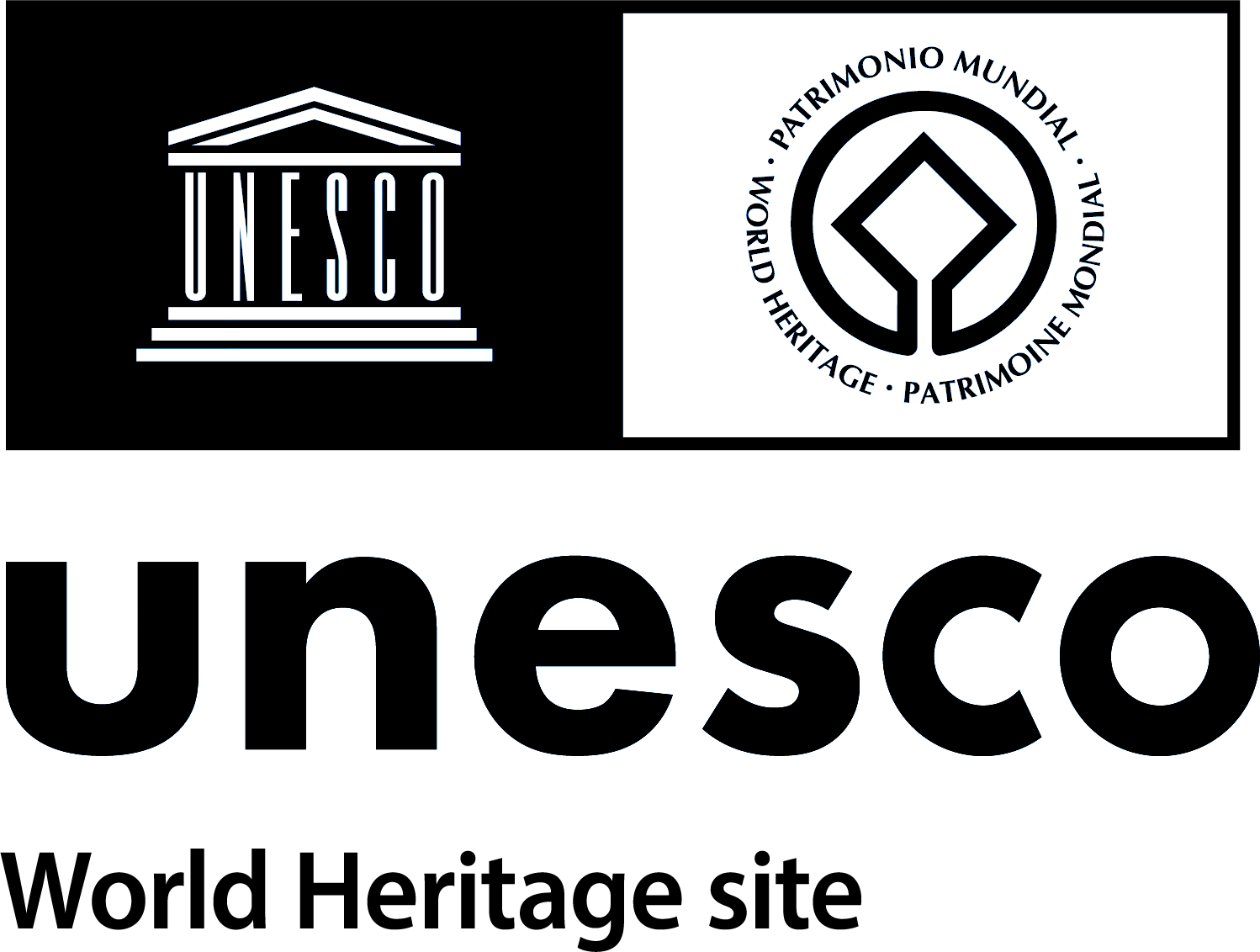The restoration of the fountains
The new restoration project involve the central fountain, the fountains of the quarters, of Theophrastus and of the Four Seasons
Following the sustainable restoration works of the sculptures, the Botanical Garden proceeds to the restoration of the fountains in the Old Garden, inside and outside the Hortus cinctus wall.
The restoration project of the fountains, funded by NRRP, is aimed at intervening on the deterioration phenomena of the water sources, characterised by a compromised state of preservation caused - among other reasons – by a massive biological attack, several cracks, presence of vegetation, and a partially malfunctioning discharge system. The intervention consists of multiple operational phases, including emptying the fountain and removing aquatic plants where present.
Water has always been a central theme in the life of the Botanical Garden and obviously of its plants: since the very beginning the entrance has been ensured by a bridge over the Alicorno canal, one of the ancient waterways of the city, the same canal that can be seen today from the Visitor Centre. Water also characterises the various aquatic collections of the Botanical Garden and, since 2014, it has also become a leitmotif of the Biodiversity Garden.
The importance of the element and of the fountains is confirmed by Felice Viali in 1693, while he was Prefect of the Garden. In a worried letter to the rectors of the University he wrote: "This garden could not exist without the introduction of water to irrigate it, just as God did not leave the Garden of Eden without rivers." Therefore, he focused his efforts in the renovation, expansion and embellishment of the Botanical Garden, interventions which led to the creation of the several new fountains that are now being restored.
The octagonal fountain, presumably built in 1694, is situated in the middle of the Hortus cinctus, at the intersection of the two avenues dividing the Old Garden in four quarters. A central fountain, composed of a lower octagonal basin provided with a base holding a second circular basin, is located in each quarter.

At a later stage, the fountains outside the wall were built. Near the South Gate is the fountain of Theophrastus, named after the nearby statue of the Greek philosopher from the 3rd century B.C., considered as the father of botany. Adjacent to the East Gate stands the fountain of the Four Seasons, distinguished by the presence of 18th-century marble busts portraying the Four Seasons, positioned alongside the statue of Solomon by the paduan sculpture Giovanni Bonazza.

The project is funded by NRRP (National Recovery and Resilience Plan - Piano Nazionale di Ripresa e Resilienza), Mission 1 – Digitalisation, innovation, competitiveness and culture, Part 3 – Culture 4.0 (M1C3), M 2 “Regeneration in small cultural sites, religious and rural heritage”, Investment 2.3 "Programmes to enhance the identity of places: parks and historic gardens" - Interventions for the preservation of botanical heritage and biodiversity, restoration of architectural and sculptural structures, energy and environmental efficiency of systems, enhancement of usability and communication of environmental issues, CUP C98E22000020006, Action B.b.1.






